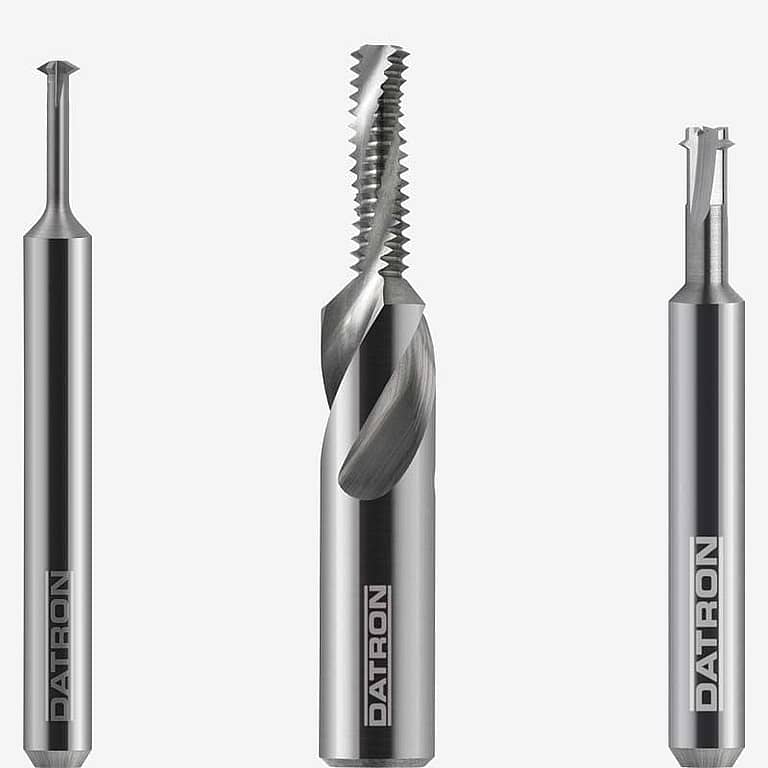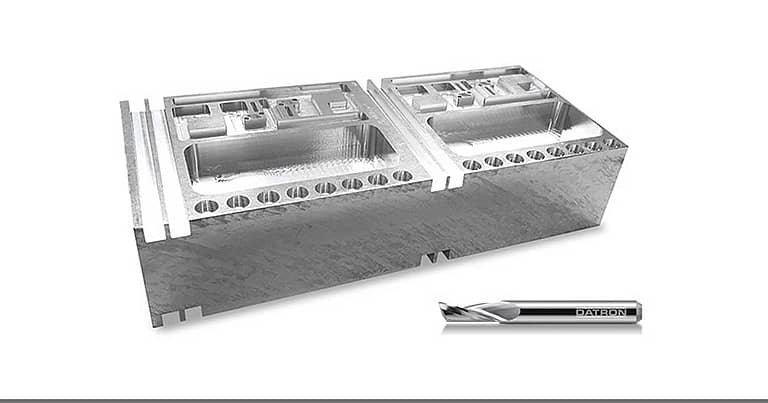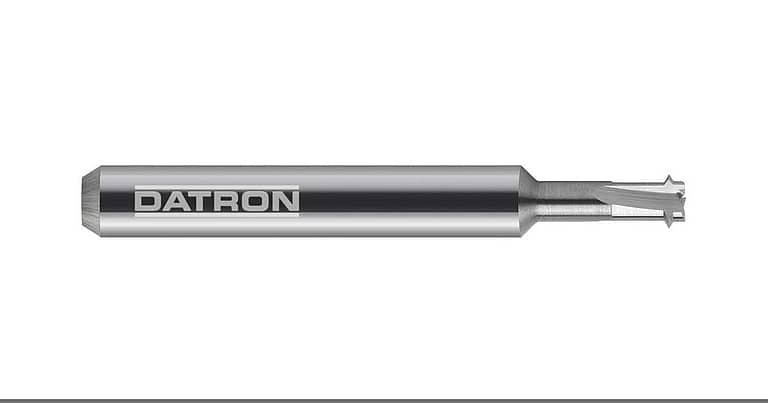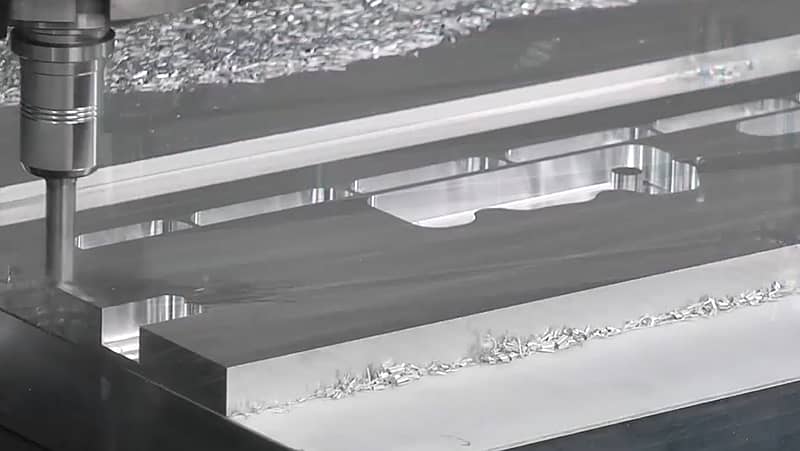
In the realm of Computer Numerical Control (CNC) machining, pocket milling stands as a fundamental operation. It’s a versatile process utilized in various industries, from aerospace engineering to manufacturing intricate parts for consumer electronics. Now, let’s explore more about what pocket milling is, how it works, best practices, and more!
Understanding Pocket Milling
Pocket milling is a machining operation performed using CNC machines to create pockets or cavities in a workpiece. This process involves removing material from the workpiece using a rotating cutting tool such as an end mill or a milling cutter.
CNC pocket milling is commonly used in various industries to produce parts with intricate features such as slots, and creates recesses accurately and efficiently. It offers advantages such as high precision, repeatability, and the ability to produce complex shapes with minimal manual intervention. This guide delves into what pocket milling entails, its applications, techniques, and advantages.
How Does Pocket Milling Work?
The pocket milling process begins with the design of a Computer-Aided Design (CAD) model. The CAD model defines the dimensions and geometry of the pocket to be machined. The model is then converted into machine-readable instructions using Computer-Aided Manufacturing (CAM) software. To understand what is pocket milling, you must be able to comprehend how to generate the CAM program properly.
Once the CAM program is generated, it is uploaded to the CNC machine. Then, the operator will ensure that the workpiece is securely clamped onto the worktable and the cutting tool is positioned above the material. The CNC machine precisely controls the movement of the cutting tool along the X, Y, and Z axes.
While pocket milling, the cutting tool descends into the material at specified depths and removes material in successive passes, following a predetermined toolpath. The toolpath is designed to efficiently remove material while ensuring optimal surface finish and dimensional accuracy. Now that we know how pocketing milling works, let’s discuss more about milling deep pockets in aluminum, as this is a common material used for pocketing.
Milling Deep Pockets In Aluminum
Milling deep pockets in aluminum can be a tricky task to achieve but is important to understand pocket milling and how it applies to aluminum. First, you need to make sure that you have the correct tooling. Sometimes, it is better to use two different end mills. One that is standard length and another with a long reach. The standard-length tool allows for faster milling, whereas the extended-reach tool allows you to achieve the desired depth. Extended-reach tools have a relieved shank with extra reach to increase the tool strength that would normally have a very long flute cut out of the carbide.
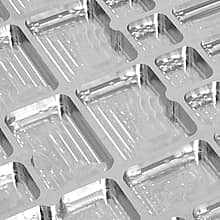 When cutting deep pockets, chip evacuation and coolant are needed to keep the aluminum from melting in the tool flute. Pocket milling causes the chips to collect within the pocket and can cause issues if they are in the way of the toolpath. Recutting chips and blocking chip evacuation from the tool can be eliminated by an air blast or using a high-pressure coolant system.
When cutting deep pockets, chip evacuation and coolant are needed to keep the aluminum from melting in the tool flute. Pocket milling causes the chips to collect within the pocket and can cause issues if they are in the way of the toolpath. Recutting chips and blocking chip evacuation from the tool can be eliminated by an air blast or using a high-pressure coolant system.
Aluminum is a popular material choice for machining due to its lightweight nature, excellent machinability, and corrosion resistance. Milling deep pockets in aluminum is achieved using various cutting tools and strategies tailored to the requirements of the job.
Read More: Quick Guide to CNC Aluminum Prototyping
Best Practices
There are a couple different ways to perform pocket milling. Fortunately, we are here to help provide some best practices to achieve the greatest results!
The first method for pocket milling is to feed an end mill into the stock to remove the material from the top down. To achieve this type of milling, you must remove the material from the stock layer by layer. This process is repeated until the cutting tool reaches the final pocket depth desired. It is important to note that by using this method, the step down is smaller with each layer. This means that the value of the step-over will be higher but ≤ to the diameter of the tool.
The second method is called adaptive milling. This method spirals the tool to the maximum depth allowed by the flute length and then peels away at the material with a finer step-over. This technique uses constant tool engagement while utilizing the entire flute length. Although this isn’t always the fastest way to remove material, it does often result in a longer tool life. The tool life is lengthened because the whole flute is being used, and there is constant engagement removing any excess stress on it. Both processes should be followed by a finish pass to clean the walls and floors of the pocket.
Starting from the top and milling down gives you the option of performing a morphed spiral pocket routine. Morphed spiral pocketing creates a smoother motion than what you would get from a traditional pocket toolpath. This technique can lead to faster machining times. If you are looking for the most efficient technique, this will be your best option.
Read More: Material Removal CNC Milling Strategy
Let’s Recap!
Now that we have gone over what pocket milling is, it’s time to recap what we learned! Deep milling is a fundamental CNC machining operation that plays a crucial role in the manufacturing industry. Its ability to efficiently create complex cavities and contours makes it indispensable for producing a wide range of components across various sectors. By understanding the best practices of pocket milling and leveraging advanced CNC technology, manufacturers can achieve higher productivity, precision, and cost-effectiveness in their machining operations.
At DATRON Dynamics, we not only offer high-speed CNC machines that make any job a breeze, but also the right tools, too! Our CNC milling tools are German-engineered for expert precision and performance. DATRON tools give you the accuracy and dependability needed to get the job done. While our CNC machines offer the rigidness and high-speed milling that works best for your milling jobs!
Contact us today to learn more about our machining solutions. Our CNC tools will change the game on all of your milling operations!




